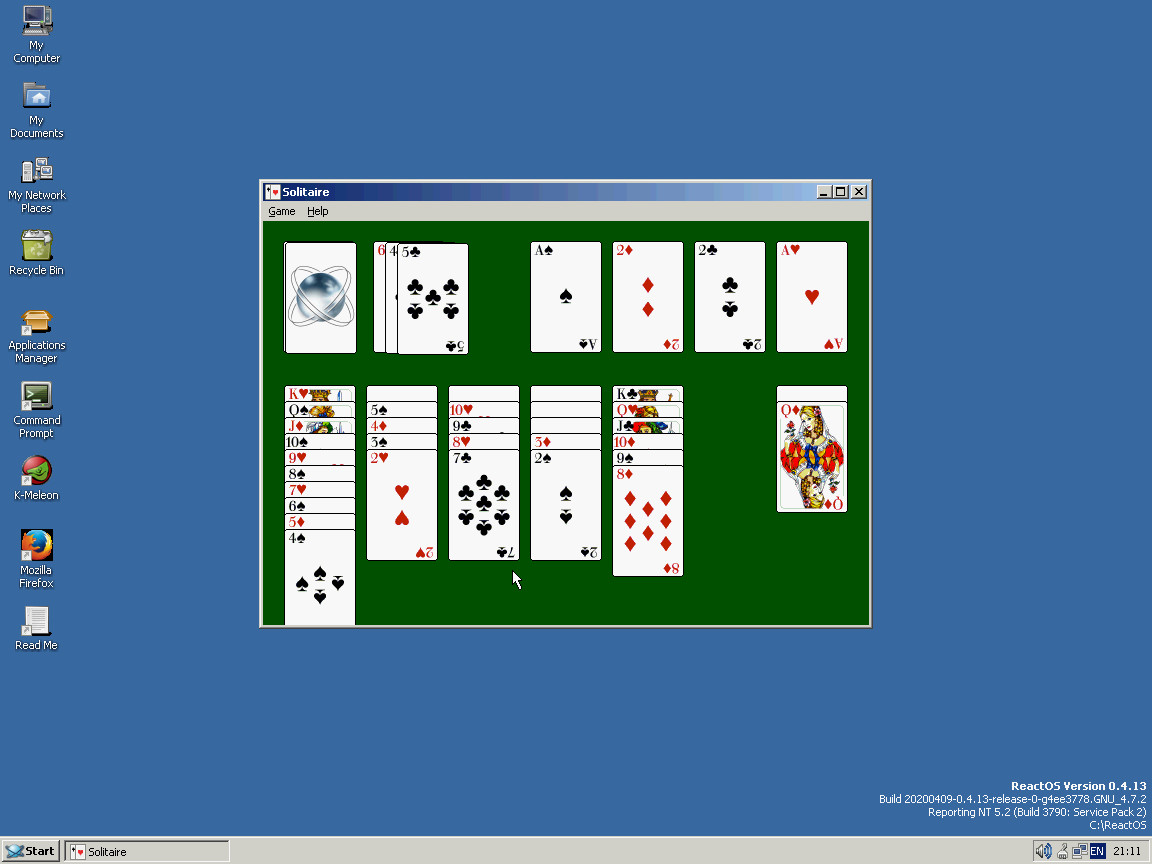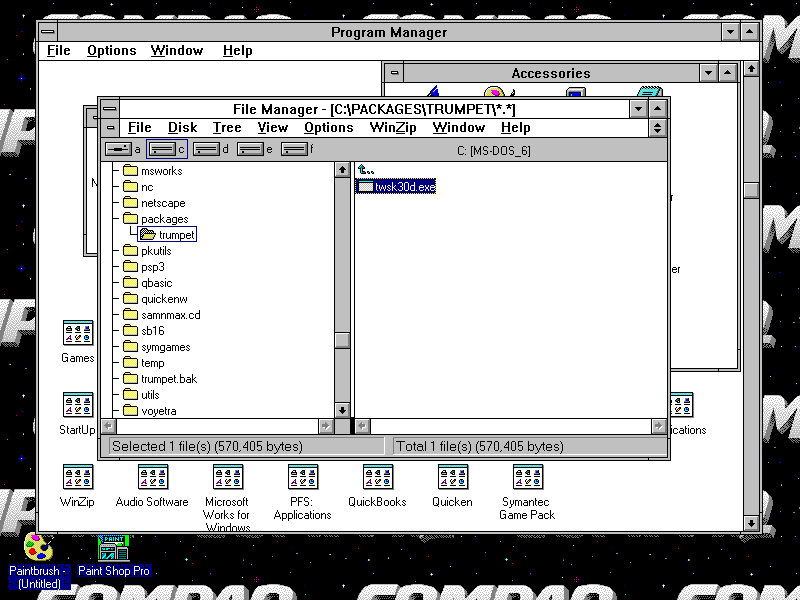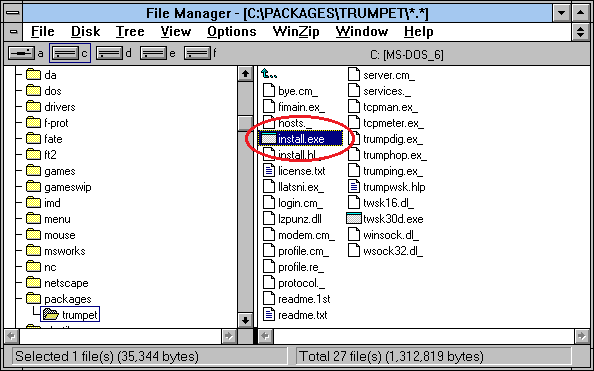

- #Running windows 3.1 in browser how to
- #Running windows 3.1 in browser install
- #Running windows 3.1 in browser archive
- #Running windows 3.1 in browser android
For example, if you installed the Xfce desktop, you could press Ctrl+Alt+T, type shell and press Enter, and then type sudo startxfce4 and press Enter. See what's new on the latest version of the Microsoft Edge browser. Next, start the Linux system by opening a shell and running the appropriate command.
#Running windows 3.1 in browser install
Install the Crouton Integration extension from the Chrome Web Store on your Chromebook. That’s more convenient than rebooting to switch between the two environments, but the browser extension here makes it even more convenient. Typically, you’d launch it from the terminal and then switch between it and your Chrome OS desktop with specific keyboard shortcuts. Your Crouton Linux system should now be installed.

Provide a username and password when prompted, and check the official documentation if you need help with anything else. Wait a while for the script to download and install the Linux software after running the command. Sudo sh ~/Downloads/crouton -r trusty -t xfce,xiwi
#Running windows 3.1 in browser how to
This detailed step-by-step guide shows you how to install the latest Hadoop v3.3.1 on Windows 10. Configure JAVAHOME environment variable Log in with external accounts. For example, run the following command to install the Ubuntu 14.04 (Trusty) Linux system with the Xfce desktop and support for running in a browser tab: Step 2 - Unpack the package Step 3 - Install Hadoop native IO binary Step 4 - (Optional) Java JDK installation Step 5 - Configure environment variables. Be sure to install the “xiwi” or “extension” target of Crouton. This involves enabling Developer Mode on your Chromebook and then running the appropriate command to download and install the Linux desktop software you want to use.įollow our guide to installing Linux on your Chromebook with Crouton if you need more details.
#Running windows 3.1 in browser archive
Some clever people at the Internet Archive have created a version of the Windows 3.1 OS that will run in your web browser along with 1,500 Windows 3. Many of its features and some of its look and feel are still visible in modern incarnations of Windows. RELATED: How to Install Ubuntu Linux on Your Chromebook with Croutonįirst, you’ll need to have Crouton installed. For those who couldnt afford a Macintosh this was regular folks release from the tyranny of the command prompt. Your Chrome OS clipboard will synchronize back and forth with your Linux system (known as a “chroot”) and links you click in the Linux environment can be loaded in standard Chrome OS browser tabs. This method also adds a few more bonuses. An anonymous reader writes 'JPC the pure java PC emulator has now been upgraded to JPC2, and can run WindowsXP inside the Java Applet sandbox. You can check out Michael's Windows 3.1 emulator at still requires the usual Crouton installation process - it just means that Linux system can be used much more easily and in a more integrated way afterwards. Posted by timothy on Thursday J12:58PM from the where-it-belongs dept. Resolution of 1024x768 or greater recommended." Just don't try the simultaneous right and left click trick. Go ahead try out Microsoft's never-too-old-to-forget, right-click-lacking version of Windows. The browser isn't really the same as it was back then, you don't actually get to experience the boot up process, and Windows 3.1 didn't come with links to all of Michael's websites. However, there are a notable differences. It's a site that emulates the operating system, allowing you to explore it as if you had it installed on your own computer. Michael's website is a way to look back into the days of Windows 3.1 without having to install a thing. While it didn't offer much in terms of new functionality over its predecessor, Windows 3.0, Windows 3.1 was the first widely used version of Microsoft's world dominating OS. Whether you're old enough to remember using it, or too young to know what it is, Windows 3.1 was, undeniably, the turning point for Microsoft's Windows OS.
#Running windows 3.1 in browser android
Thought there isn’t any benefits you can see by running Windows 3.1 on Android but its ultimate geeky stuff.

aDosBox is a port of DOSBOX on Android, which is basically a X86 emulator with DOS. As seen on CrunchGear, Michael Vincent has made an awesome website for those who want to kick it oldschool. An Android enthusiast by the name of drraccoon has managed to install and run Windows 3.1 on his Motorola Droid using aDosBox for Android.


 0 kommentar(er)
0 kommentar(er)
